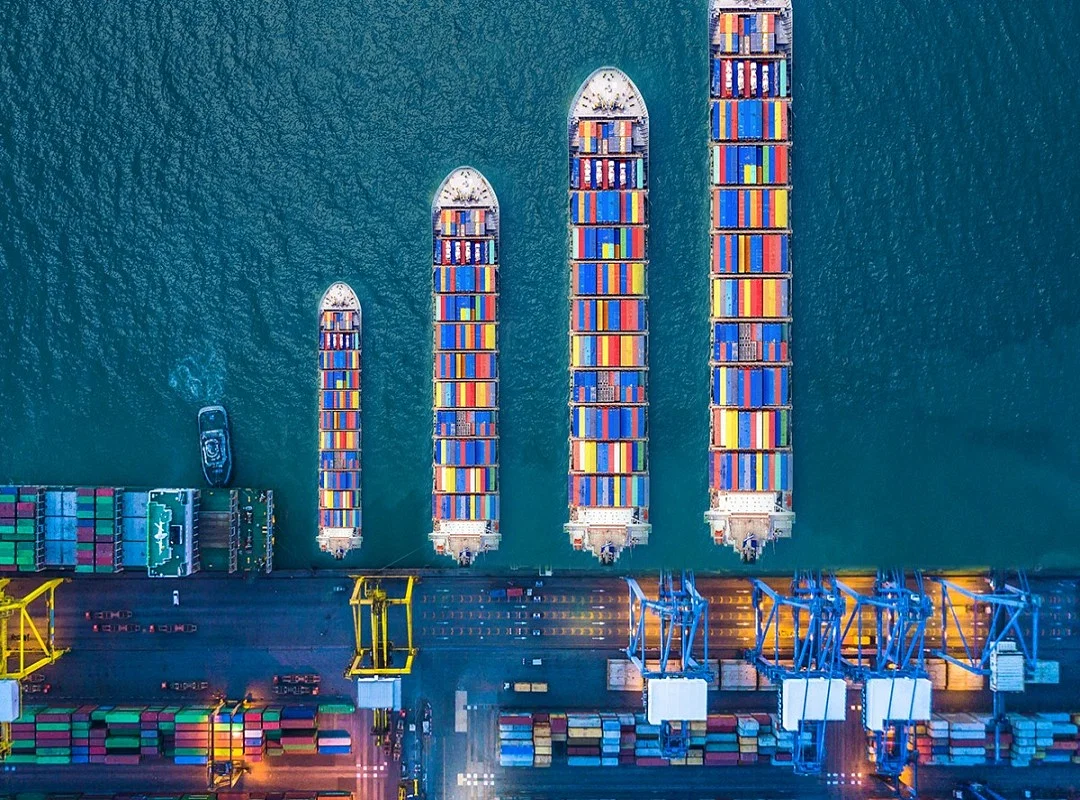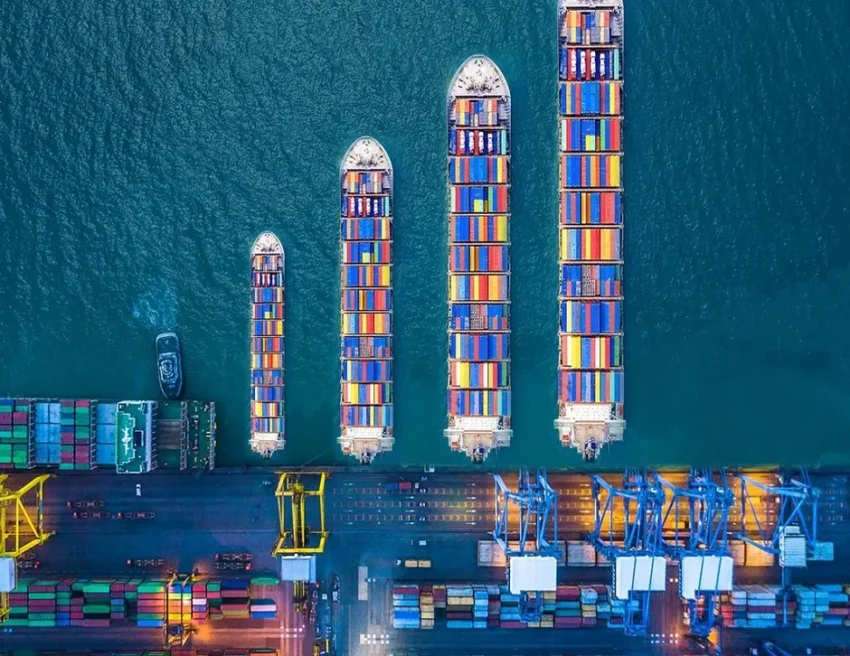
The ocean freight industry is currently going through a massive transformation and since the abatement of the pandemic, it is now all focused on dealing with the threat of climate change through the green transition. Moreover, the changes in this sector are also taking place because of other factors such as the introduction of new tools and technology, the demand for e-commerce, and the increasing competition. In this piece, we are going to give the readers a brief idea about the emerging trends in the container shipping sector for the remainder of 2023.
Ocean freight market outlook
-
Freight rates will be back to the pre-pandemic level
Probably the most visible trend in this sector that could be observed since the last quarter of 2022 is the fall in freight rates. During the two years of the pandemic, we have seen a tremendous spike in freight rates. Even in the second quarter of 2022, the rates reached a record high before they started to gradually decline at the end of the year. Presently, the demand for goods has somewhat lowered in Europe and the US which has led to fewer sailings.
This in turn has ensured that there is no vessel backlogs, port congestion, or equipment shortage. Additionally, the reduction of port congestion all over the world has resulted in greater capacity thereby mitigating the problem of supply-demand imbalance and leading to a drop in rates. Simply put, in 2023, the chances of significantly high freight rates are considerably low and shippers can expect to benefit from greater available capacity.
-
More capacity of the carriers
During the peak capacity crunch in the last few years, we have seen most carriers ordering new builds to amplify their capacity. The delivery of new ships ordered by carriers will start in the second quarter of this year following which we can expect a surfeit of capacity. The net orders for new vessels will result in a 30% increase in capacity. The sheer rise in tonnage along with a declining demand will disrupt the supply chain balance and further bring the freight rates down. The carriers could also moderate capacity by blank sailings in the coming months. As a result, this year is going to be a profitable one for freight forwarding companies which will continue to benefit from low freight rates and attract more volume.
-
The focus on sustainability
Sustainability has come up as one of the prime concerns of the sea freight shipping sector. Previously the IMO imposed mandatory caps on the emissions of gasses like sulphur oxides and nitrogen oxides. Three years back, they implemented a new policy that reduced the net sulphur content of fuel from 3.5% to 0.5%. Several carriers are also taking initiatives to make a shift to environment-friendly options that can make shipping operations more sustainable. The use of less polluting fuels that are cleaner and more expensive is one important measure that is helping the sustainability endeavours of this industry. All the major players in the shipping sector agree that the best way to move forward in the path of sustainability is to reduce the dependence on traditional heavy fuel oil and switch to greener options.
In 2023 we will see the carriers take active steps and switch to alternative fuels such as hydrogen, methanol, and ammonia. Additionally, we can expect to see further developments in wind-power technology which if used correctly could become a game changer for the ocean freight industry. Shipbuilding companies are resorting to the most ancient form of seafaring and hoist the sails to move goods all over the world.
-
Expensive regulatory compliances
With IMO 2023 coming into effect, the ocean freight industry will be facing increased regulations and come under frequent scrutiny. Moreover, the green endeavours of the shipping sector have prompted the authorities to put in place various regulations. This is why companies will need to abide by several rules relating to emissions. This in turn will considerably raise the operating costs of carriers which they are going to pass on to their customers. Of all the new regulatory compliance the most wide-ranging ones are IMO’s CII (Carbon Intensity Index), and the Emissions Trading Scheme (ETS) of the European Union. In the coming months, the carriers will have to bear the burden of compliance costs and this coupled with the decreasing freight rates will further add to their problem.


